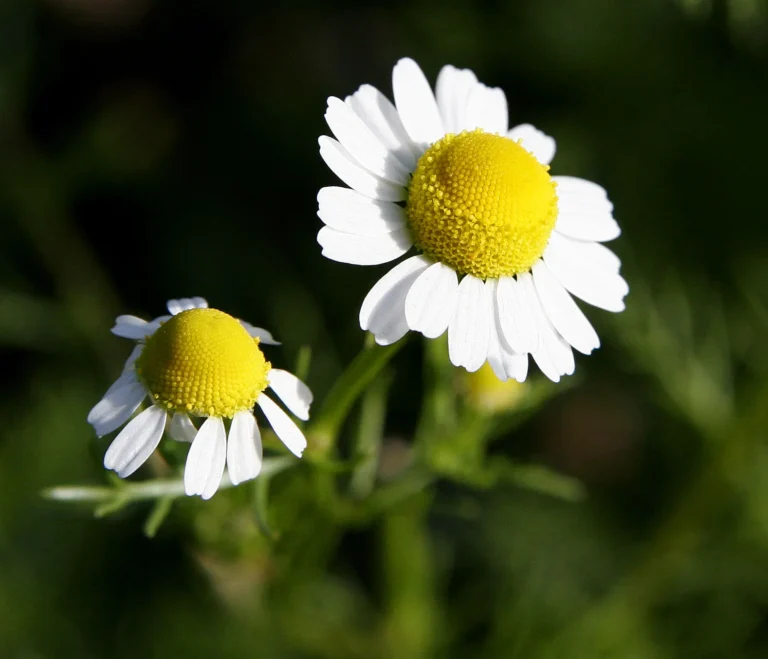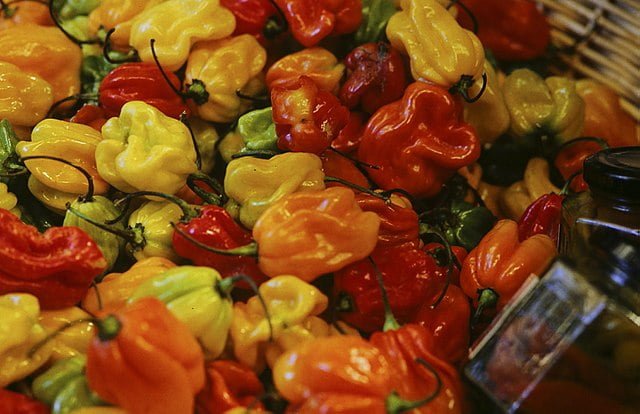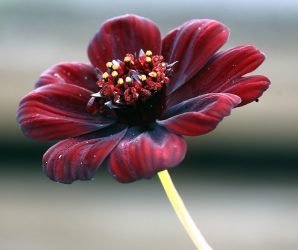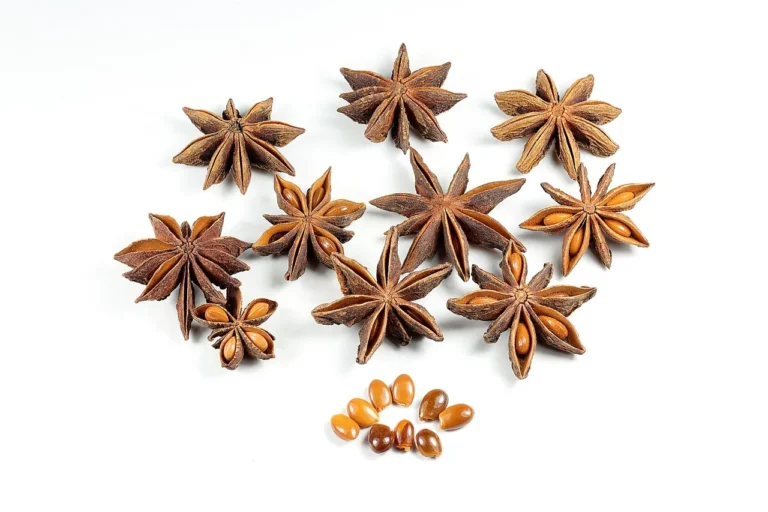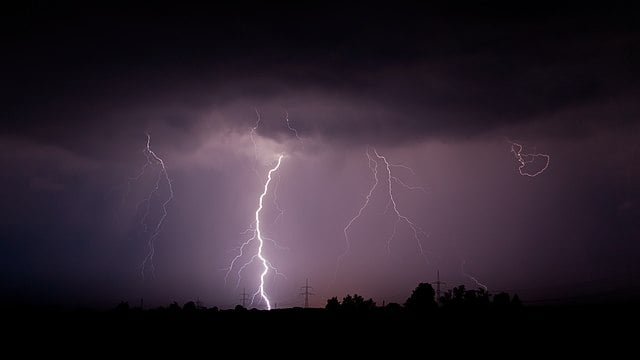7 Tips for Gardening in Hot Weather: A Practical Guide
Hot weather can pose significant challenges to gardeners, affecting both plants and the people who care for them. However, with careful planning and proper techniques, you can ensure that your garden continues to flourish even in the scorching heat. This guide offers essential tips for gardening in hot weather, helping you protect your plants and enjoy the process.
1. Watering Wisely

Proper watering is crucial during hot weather. Here’s how to do it right:
- Water Early or Late: Watering in the early morning or late evening reduces evaporation.
- Use Drip Irrigation: This method delivers water directly to the roots, minimizing waste.
- Check Soil Moisture: Use your finger to test the soil’s moisture before watering.
- Collect Rainwater: Utilize rain barrels to conserve water and use it when needed.
2. Mulching Matters
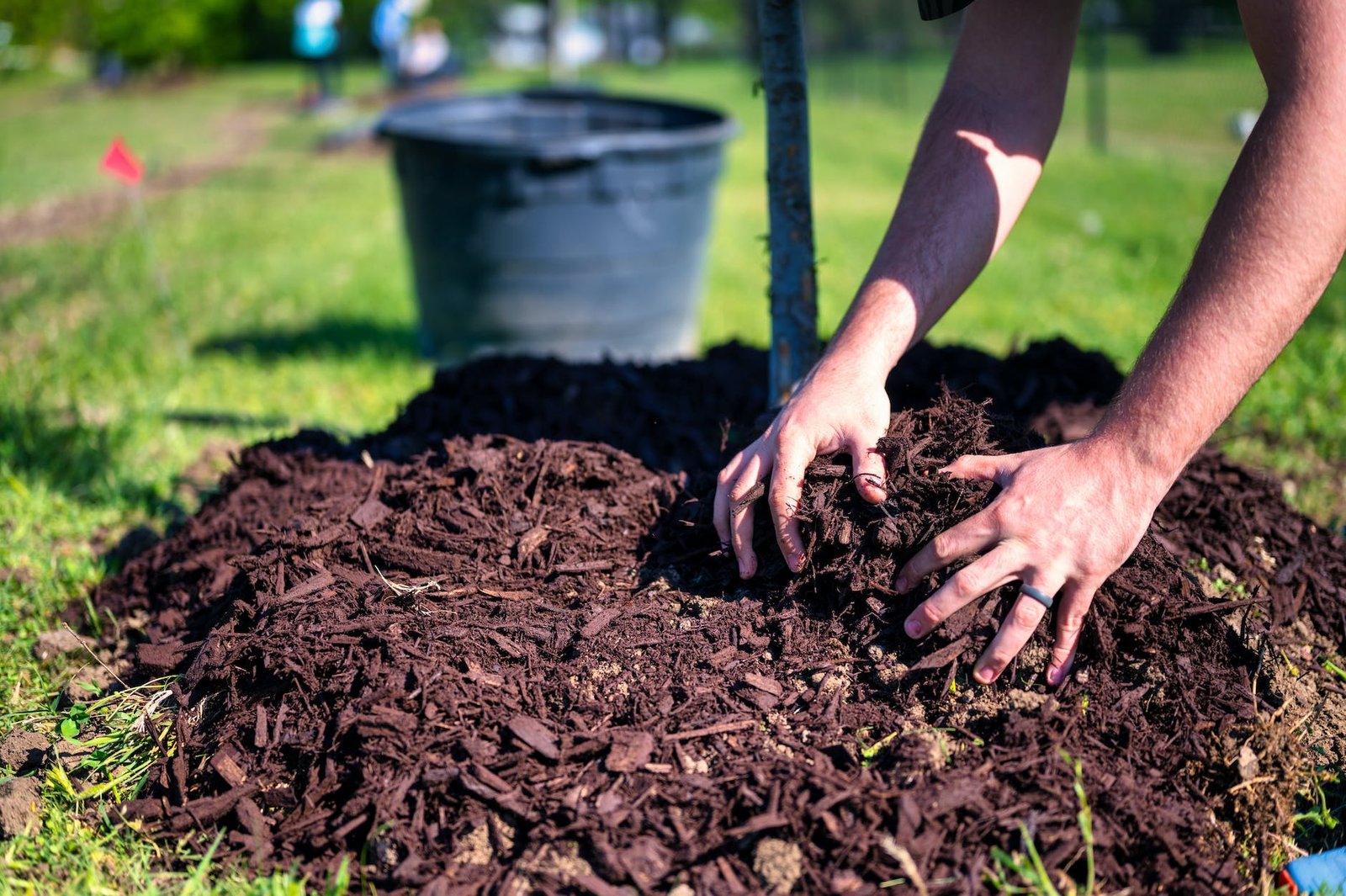
Mulch serves as a protective barrier, retaining moisture and keeping the soil cool:
- Choose the Right Mulch: Organic mulches like straw, wood chips, or grass clippings are effective.
- Apply Generously: Spread mulch 2-4 inches thick around plants to maximize benefits.
- Avoid Piling Against Stems: Leave space around plant stems to prevent rot.
3. Providing Shade

Shade can protect plants from the harsh sun and reduce heat stress:
- Use Shade Cloth: Shade cloth can be placed over sensitive plants to filter sunlight.
- Plant Strategically: Position taller plants to shade smaller, more delicate ones.
- Utilize Umbrellas or Structures: Temporary shading can be provided with garden umbrellas or other structures.
4. Selecting Heat-Tolerant Plants
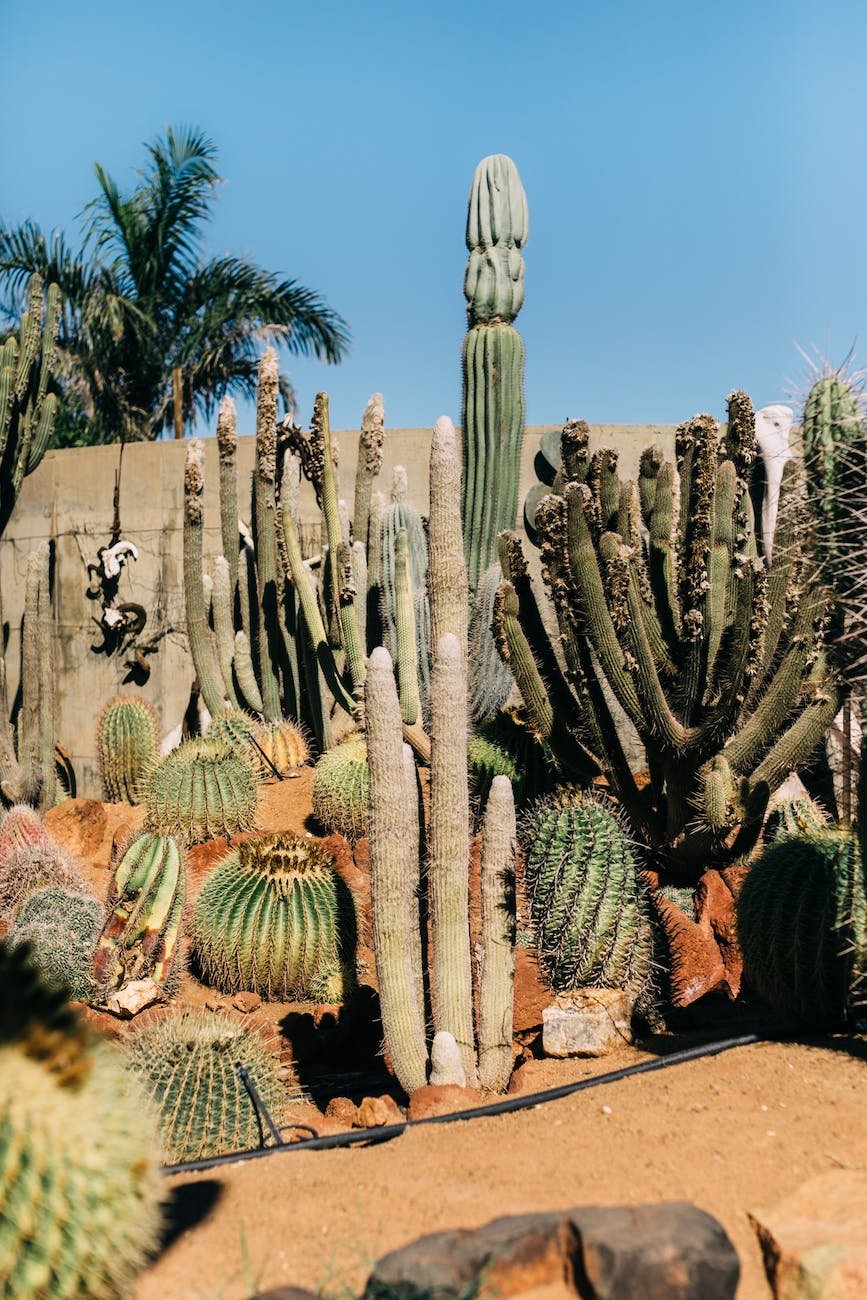
Choosing plants that thrive in heat can make gardening in hot weather more manageable:
- Research Varieties: Look for plants labeled as heat-tolerant or drought-resistant.
- Consider Native Plants: Native plants are often adapted to local weather conditions.
- Consult Local Experts: Garden centers or local gardening groups can offer region-specific advice.
5. Adjusting Fertilizing Practices
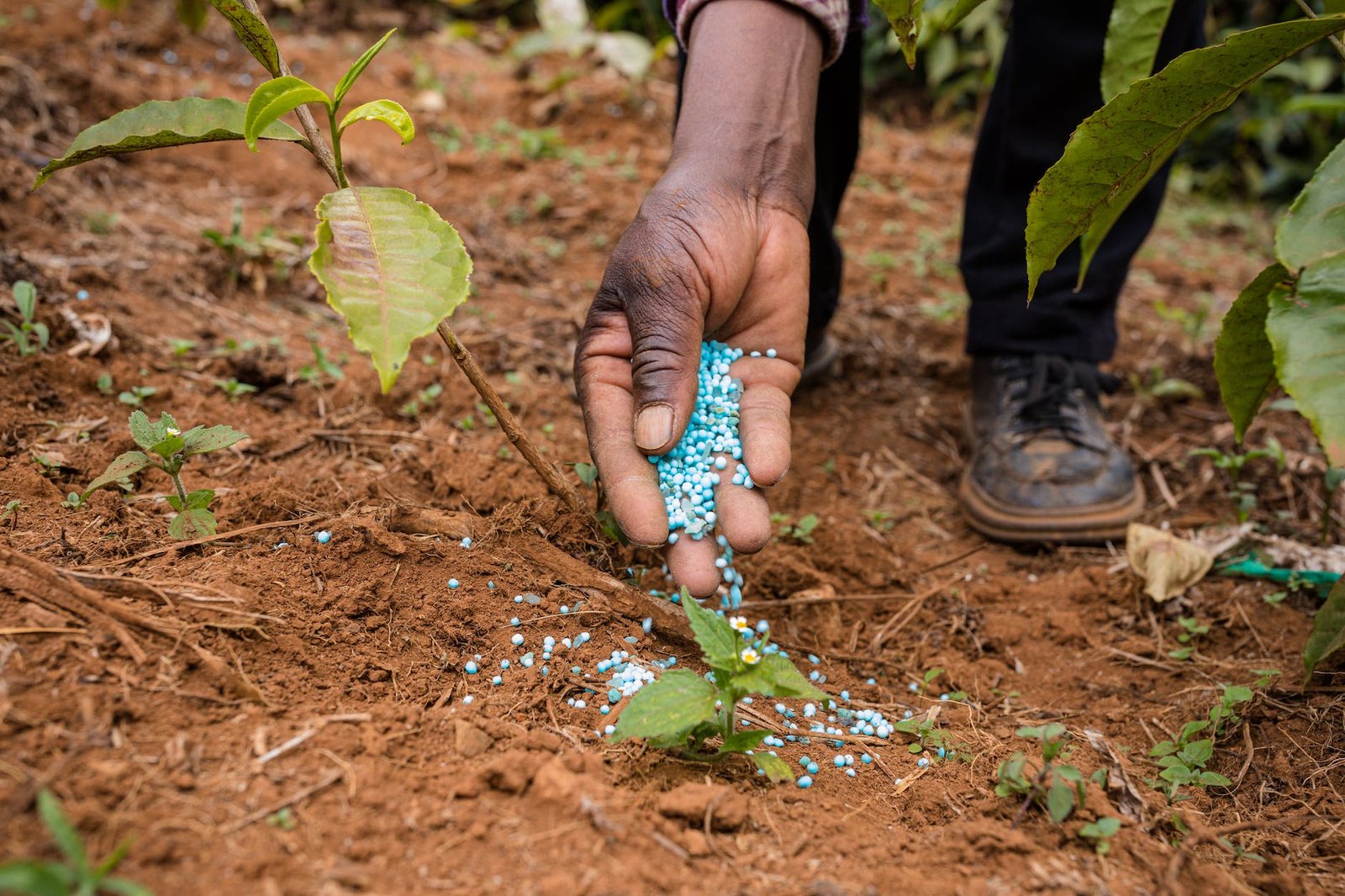
Fertilizing in hot weather requires careful consideration:
- Avoid Over-Fertilizing: Too much fertilizer can stress plants during hot weather.
- Use Slow-Release Fertilizers: These provide nutrients gradually, reducing the risk of burn.
- Monitor Plant Needs: Observe plants for signs of nutrient deficiencies and adjust accordingly.
6. Protecting Yourself

Gardening in hot weather also means taking care of yourself:
- Stay Hydrated: Drink plenty of water to stay hydrated while working in the garden.
- Wear Protective Clothing: Light, breathable clothing, a hat, and sunscreen can protect against sunburn.
- Take Breaks: Work during cooler parts of the day and take frequent breaks to avoid overheating.
7. Monitoring for Pests and Diseases
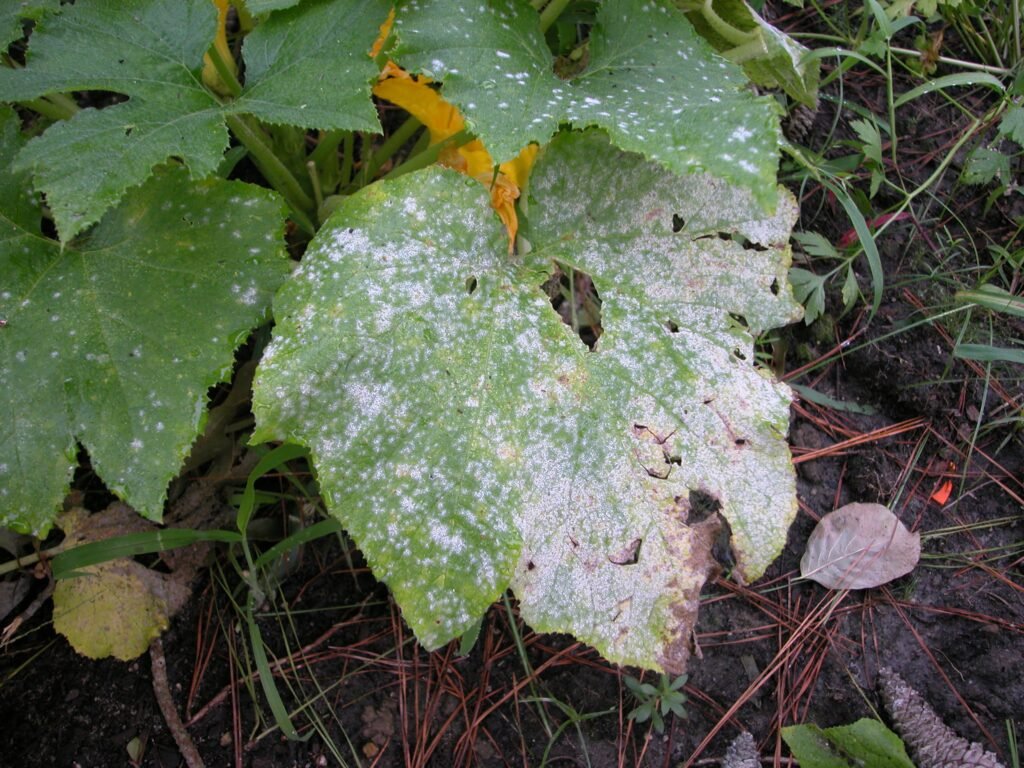
Hot weather can increase the risk of certain pests and diseases:
- Inspect Plants Regularly: Check for signs of infestation or disease and treat promptly.
- Encourage Beneficial Insects: Plant flowers that attract predatory insects to keep pests in check.
- Practice Good Hygiene: Keep the garden clean and free of debris to reduce hiding spots for pests.
Conclusion
Gardening in hot weather doesn’t have to be a daunting task. By implementing these practical tips, you can maintain a thriving garden even during the hottest months. From wise watering practices to self-care, these strategies will help you enjoy your garden all summer long.


